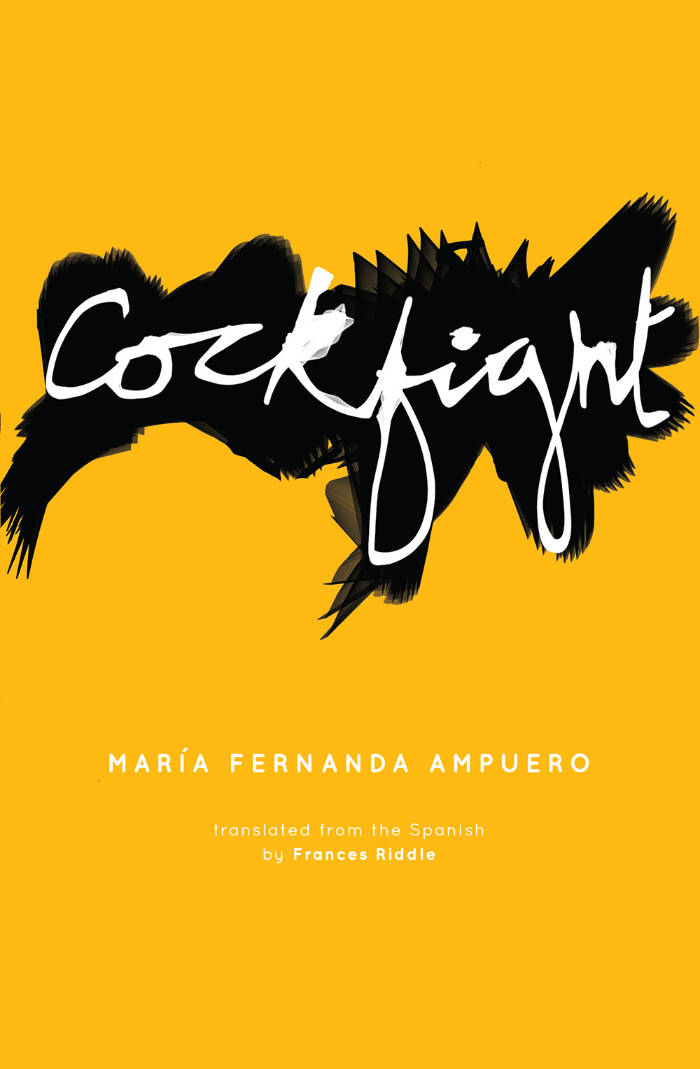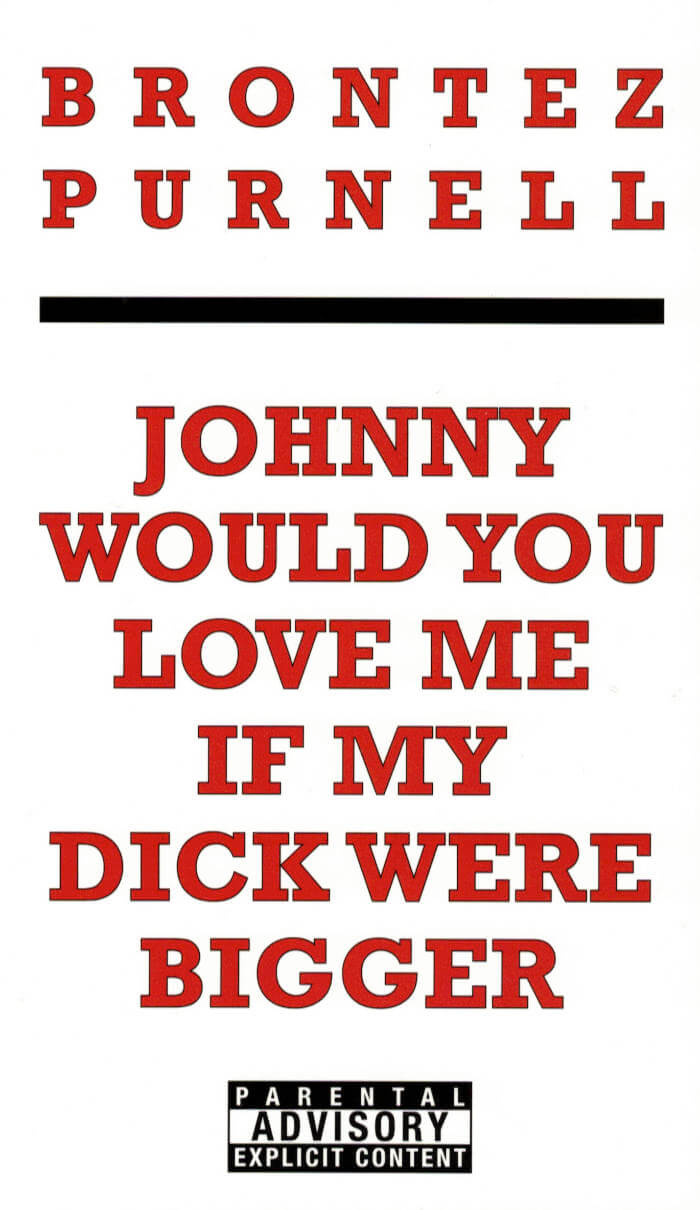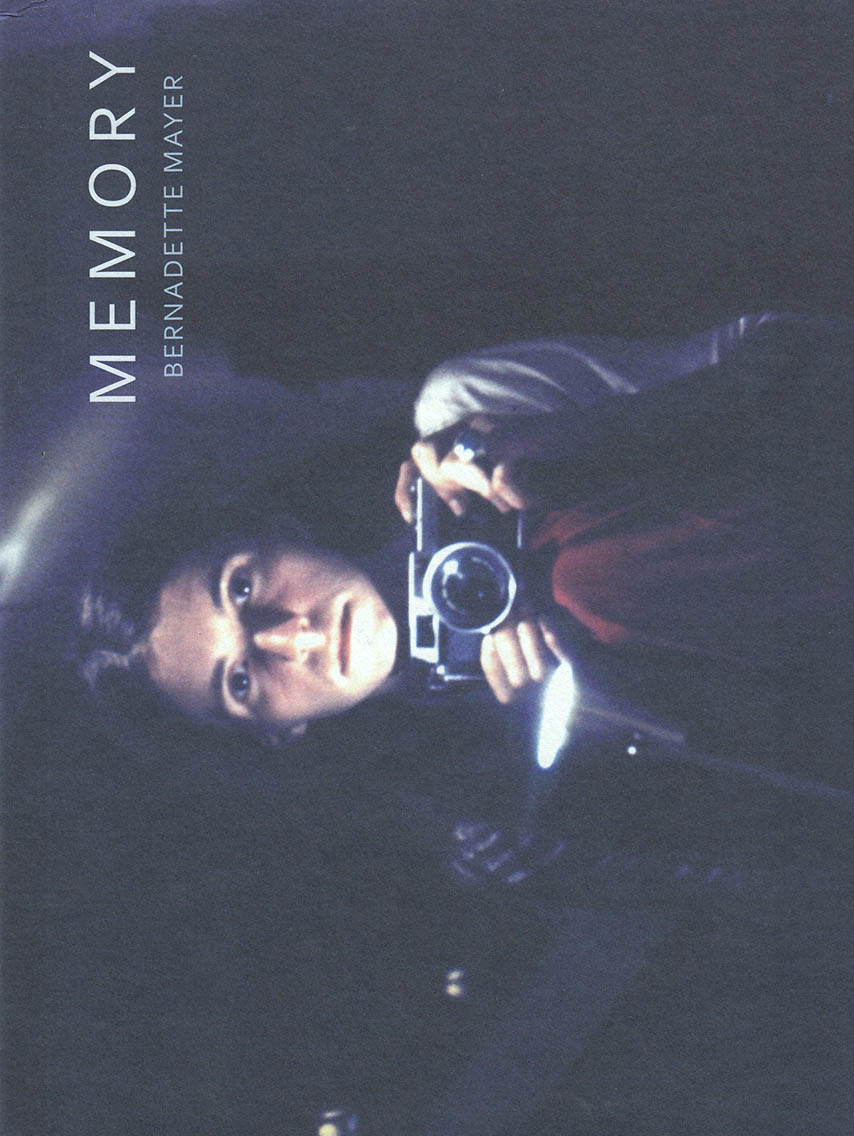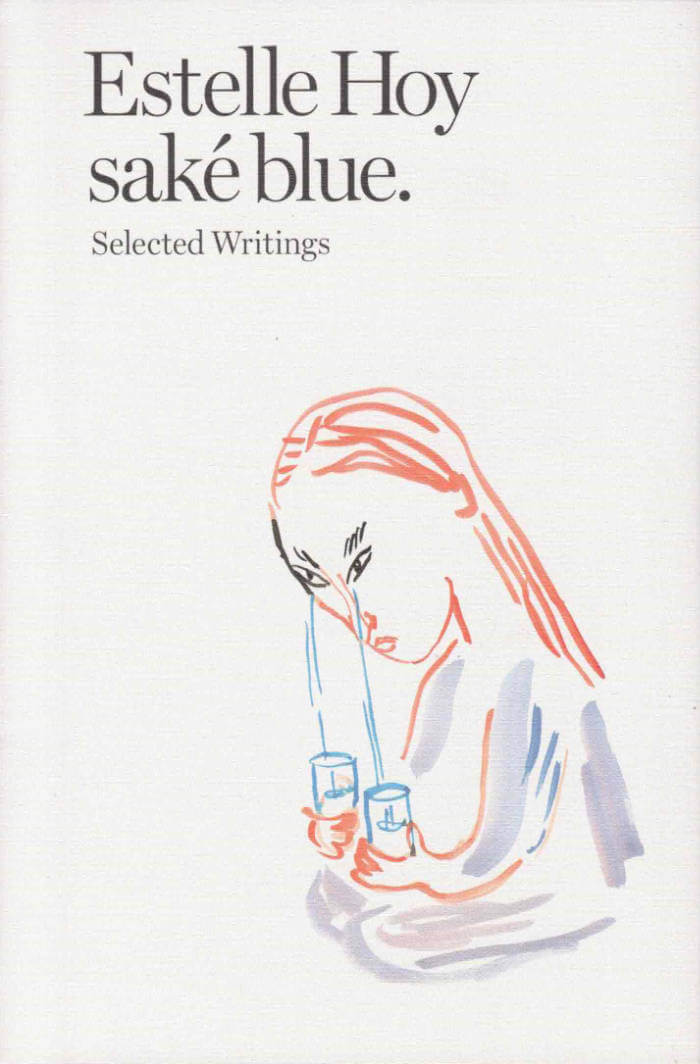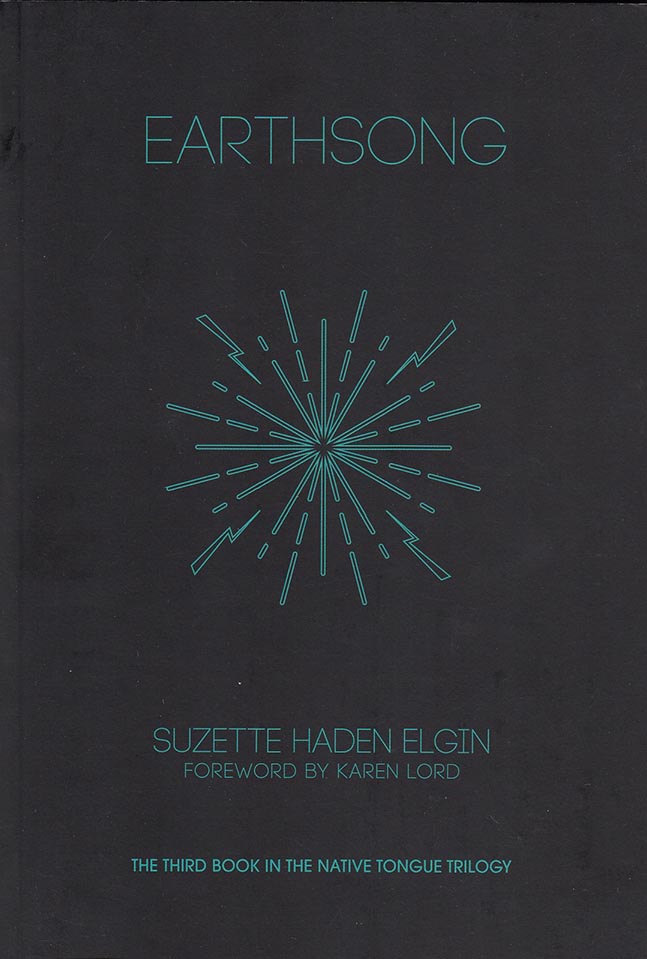
Earthsong
The final book in the Native Tongue Trilogy.
The interstellar Consortium of Planets has forsaken the irredeemably violent Earth, condemning the planet to economic and ecological chaos. As the Consortium prepares to euthanize the planet, women freedom fighters are offered one last chance to correct men’s brutal nature and stop the planet’s annihilation. In the stunning conclusion to the Native Tongue trilogy, female linguists must once again come forward to ensure the survival of humanity.
Suzette Haden Elgin (born Patricia Anne Wilkins; 1936–2015) was an American science fiction author. She founded the Science Fiction Poetry Association, and was considered an important figure in the field of science fiction constructed languages. Elgin was also a linguist; she published non-fiction, of which the best-known is the Gentle Art of Verbal Self-Defense series.
